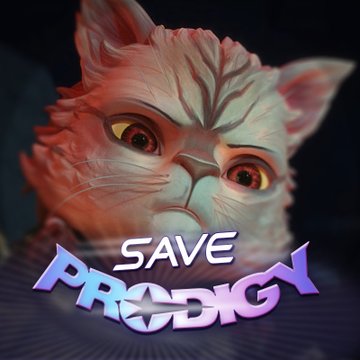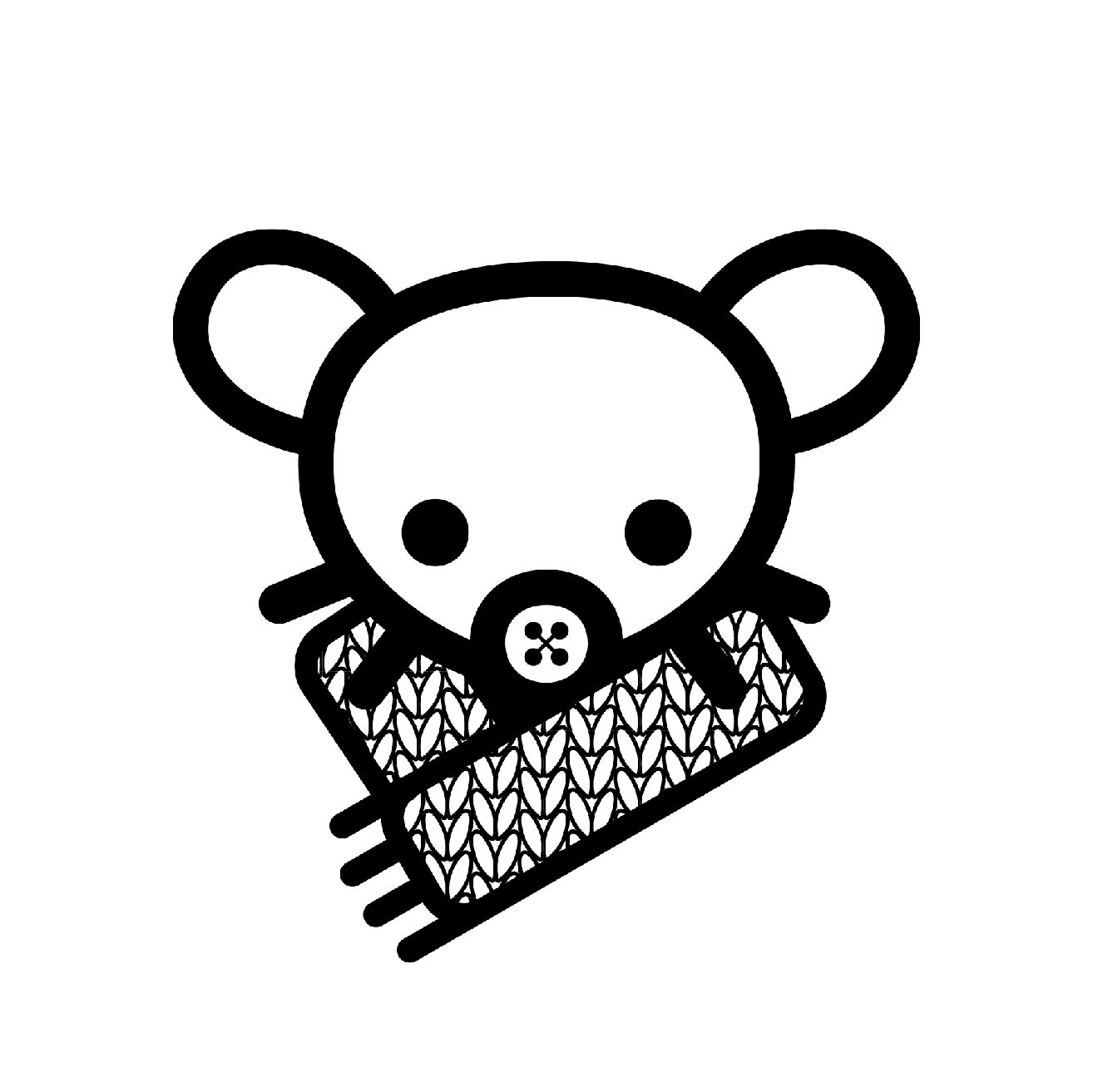I am fully expecting it to be at least 1/3 ponies.
Yes, I have done this in previous years.
I am fully expecting it to be at least 1/3 ponies.
Yes, I have done this in previous years.
The show clearly shows Murderbot as being ACE and uncomfortable with the sexual and gendered reactions of others towards them — which is as important in my view the outward and physical apparent gender.
I try mainly to work through my stash.
But I try to buy independent from stores in our region.
Fortunately, Wool-tyme is within driving distance. They have a great selection of quality yarns.
Their store offers classes and has knowledgeable and helpful staff. Their clearance section carries a lot of Diamond Yarns (major distributor) discontinued and overstock but is only accessible in-person.
For those not aware, Wool-tyme is also Canada’s largest online yarn store.
They do ship to the United States and other countries. You can select US$ and other currency pricing at the bottom of the page.
It’s a family-owned business, now in its fifth decade. The original owner passed it down to her niece.
It’s got a fiesty history — the original name of the store was Wool-mart and they ended up in court when Walmart came to Canada and tried to force her to change the name.


Mastodon is very techy. It’s getting good traction there.

Just be sure to wash and block before connecting the blocks.

I love making samples, so working up 8 x 8” / 20 x 20 cm samples of a lot of different stitches is fun for me.
There’s an old Bernat pattern that I have for an Afghan made of squares of very many different classic crochet stitches. It’s a great practice and skill building project.
If you choose a good palette of solid colour yarn, it works out nicely. If that kind of throw isn’t the kind of thing you like in your home, they’re always a gift or charity option.
Nice to see Loops getting traction.


The sale is supposed to last until the end of today September 15th. Usually, that would be until midnight Pacific time.
Suggest trying through the link on the officials Star Trek website to follow through to Steam: https://store.steampowered.com/sale/StarTrekDaySale
We picked up 3 copies of Resurgence the evening of the 14th from Canada.


We’ve tried most of them over time.
Star Trek Resurgence has consistently excellent reviews. It’s about a 25 hour role play where the player makes choices for two different crew - a senior bridge officer and an NCO in engineering. It’s well done and one of our teens and I are enjoying it a lot. Great value for the sale price. My patience on this one was reinforced by its initial release being exclusive to Epic - but on Steam and on sale it’s worth it.
Bridge Crew is an older game. I have had it for a couple of years, and took advantage of the sale to pick up copies for each of our kids Steam accounts. One of them got really into it right away.
Timelines is also older. It held their interest for a bit in middle school but doesn’t seem to be one of the better tie-ins.
Star Trek Online is a long running massively multiplayer game that starts out free but then can cost a lot for in-game purchases. One of our teens is into it, and got fairly far without purchasing much, but the Steam sale is a good opportunity for them to buy things they’ve had on their wish list.
As a parent, I find these better than the endless number of Star Wars mods on Roblox that one of ours got into for a while.


deleted by creator


This is also raising questions of foreign interference/influence in democratic process.
In Canada, the federal Elections Commissioner has been called on to investigate the source of bot campaigns for the leading opposition party: Online bot campaign backing Pierre Pollievre prompts call for probe.
I first heard of the sweater curse more than 30 years ago.
It’s been a thing in knitting circles for generations as far as I can tell.
Experienced it.
The curse is likely based on the item being too much pressure on a relationship that’s not ready for it.
If you’re a really experienced and fast knitter that’s regularly knocking of sweaters for yourself and perhaps have done small ones as gifts for friends kids, it wouldn’t be the same.
But if you’re looking for love to motivate you through your first big project, it’s a disaster waiting to happen. All the more so if you’re toting your project with you and knitting in public.


Looks interesting, and an interesting way to work with nuts. Always looking for other GF options and I do use almond flour in a lot of recipes.
That said, while can understand not tolerating gluten free grains such as millet, teff, sorghum, rice or corn, I’m not sure why there aren’t other flours and starches you can work with.
I’m having a hard time understanding why an intolerance would also extend to tubers (potato flour & starch; manioc - cassava flour & tapioca flour; sweet potato flour; arrowroot starch); flower seeds (buckwheat/sarrasin flour) or legumes (Romano, fava or chickpea flour) but not nuts.


Actually no. And it kind of would fly in the face of what I get out of the activity.
I don’t knit or crochet to any target, I just like the experience of the activity. It’s soothing. I have a few different projects on the go that give me different kinds of experiences.
When used to sew clothes for myself, I would parcel out the expected hours for the specific type of project if I needed to have something done for a particular event, but not with knitting, crochet or needlepoint.
You are so missing out on the wonder that is Sam Kirk.
SNW has a lot delightful surprises, but adding the insouciance of Sam Kirk, but having brothers Kirk spar when Jim shows up on occasion, is truly inspired writing.
Not to mention he really gets under Spock’s skin.


Startide Rising is the best of them all.
Sundiver is quite good too.
The later books were deeply marred by Brin’s giving into pressure from his editors to centre them on a group of adolescent males of diverse species because his publisher was of the view that the average scientific fiction reader was a 14 year old male. Brin has written about this and how difficult it was for him to write outside his natural quite adult style. His fantastic characters from Startide Rising are pushed into the background and only get to step forward and shine again at the very end.


Learned from my English Nana, who also tried to teach me basic crochet and various cast ons and offs. Managed a scarf that my mum finished.
But it was Brownies that made me complete a ‘potholder’ square independently. Since then, on and off, adding to skills from books mostly. We used to have a shop in the region with a proprietor who knew obscure knitting techniques and would show them patiently as long as you were buying yarn there regularly. No longer unfortunately.
However, I’ve found YouTube great more recently for some of those rarely used techniques that there’s no one around to show you.


I’ve recently become aware of mulesing, an appalling practice used on Merino sheep in Australia and NZ due to a specific fly problem. The problem is that most merino wool is from those countries.
Also, most fabric generically labeled ‘wool’ is mostly merino from mulesinged sheep.
Ethics conscious knitters, crocheters and weavers are aware, and merino yarns certified as mulesing-free are on the market now.
Knowing country of origin and wool type is another reliable way to avoid endorsing this practice, but again most manufactured clothing or even fabrics will not give the necessary information.
I have a similar basket weave pattern that I like to use for baby or crib blankets.
I make slightly larger blocks and rely on stitch markers but as OP says it’s something one can knit without having to give it one’s full attention.
It’s also a nice clean pattern that doesn’t have the risk of catching on things. It also washes and wears well.